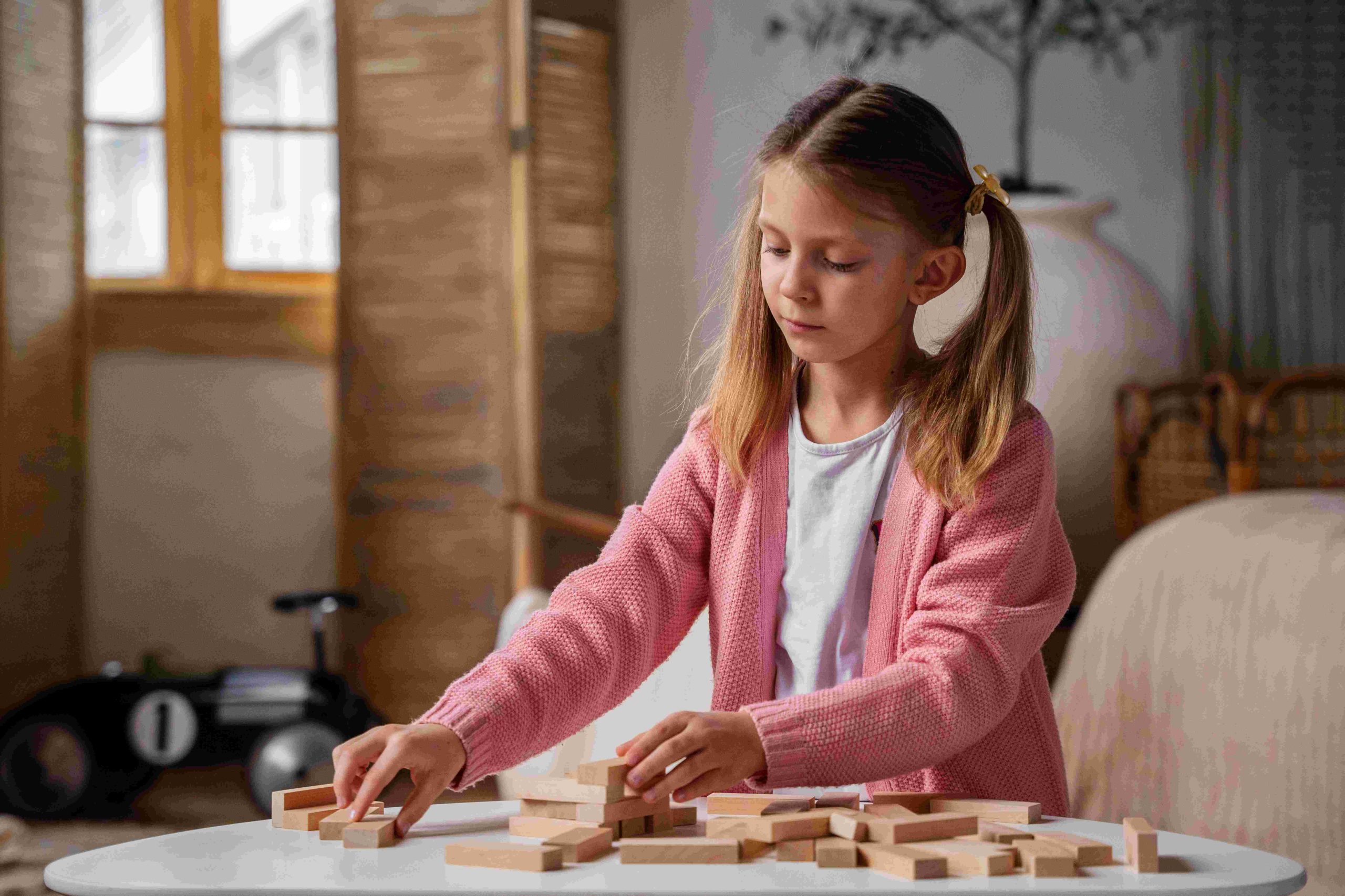
When Do Preschoolers Wave Goodbye? Exploring the Development of Imitation Skills
As parents, caregivers, or educators, we often wonder about the developmental milestones of preschoolers. One of the fascinating milestones is the ability to imitate actions and gestures, including waving goodbye. Preschoolers’ imitation skills are crucial for social interactions, communication, and learning. In this article, we will explore the development of imitation skills in preschoolers and answer the question: at what age do preschoolers wave goodbye?
The Importance of Imitation Skills for Preschoolers
Imitation is a fundamental learning mechanism for preschoolers. It allows them to learn new skills, behaviours, and attitudes from their social environment. Imitation skills also facilitate social interaction and communication with peers and adults. For instance, a preschooler who can imitate facial expressions and gestures can convey emotions and intentions effectively. Moreover, imitation skills are essential for language development, as preschoolers learn new words and syntax by imitating the sounds and structures they hear.
However, imitation skills do not develop overnight. Preschoolers need to practice and refine their imitation skills continuously. As they grow older, they become more proficient in imitating complex actions and sequences. Therefore, it is essential to understand the developmental stages of imitation skills in preschoolers to support their learning and social development.
The Stages of Imitation Skills in Preschoolers
Imitation skills develop in three stages in preschoolers: first-order, second-order, and deferred imitation.
First-order imitation refers to the ability to imitate simple actions and gestures immediately. For example, a preschooler can imitate a caregiver who claps hands or waves goodbye. First-order imitation skills typically emerge around 6-9 months of age and improve throughout the first year of life.
Second-order imitation involves the ability to imitate a sequence of actions or gestures that form a pattern or routine. For instance, a preschooler can imitate a caregiver who performs a dance routine or a song with gestures. Second-order imitation skills typically emerge around 18-24 months of age and improve throughout the second year of life.
Deferred imitation refers to the ability to imitate a sequence of actions or gestures after a delay. For example, a preschooler can imitate a caregiver who performs a puzzle-solving routine or a game with actions. Deferred imitation skills typically emerge around 24-30 months of age and improve throughout the third year of life.
When Do Preschoolers Wave Goodbye?
Waving goodbye is a social gesture that requires first-order imitation skills. The ability to wave goodbye typically emerges around 9-12 months of age, although some preschoolers may start earlier or later. At this stage, preschoolers can imitate the waving gesture, but they may not understand the meaning or social context of the gesture.
As preschoolers grow older, they develop second-order imitation skills that enable them to imitate more complex social gestures and routines, such as high-fiving, blowing kisses, or making funny faces. Moreover, preschoolers’ understanding of social cues and context improves, allowing them to use the gestures appropriately and in the right situations.
Supporting Preschoolers’ Imitation Skills
As mentioned earlier, imitation skills are crucial for preschoolers’ learning and social development. Therefore, parents, caregivers, and educators can support preschoolers’ imitation skills by providing the following:
In conclusion, preschoolers’ imitation skills are crucial for social interaction, communication, and learning. Waving goodbye is a social gesture that requires first-order imitation skills and typically emerges around 9-12 months of age. Preschoolers’ imitation skills develop in three stages: first-order, second-order, and deferred imitation. Parents, caregivers, and educators can support preschoolers’ imitation skills by providing modelling, reinforcement, practice, feedback, and play opportunities. By understanding and supporting preschoolers’ imitation skills, we can help them develop the social and cognitive skills they need for a successful and fulfilling life.


